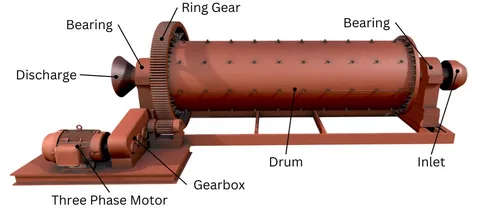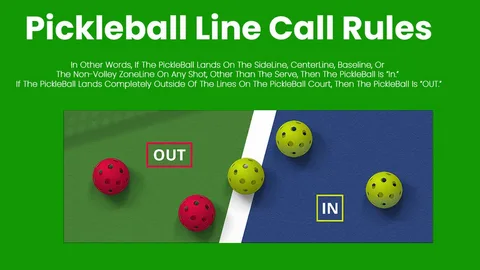In modern cement and mineral industries, the efficiency of the grinding process plays a defining role in overall production performance. Among the different grinding technologies used today, the Ball mill remains a reliable and widely adopted system for fine material grinding. However, even the most advanced mills face performance challenges due to mechanical, operational, and material factors. Understanding how to diagnose and resolve these issues can significantly improve efficiency and product consistency. This article explores common problems encountered during the Ball mill grinding process and practical troubleshooting techniques that engineers and plant operators can apply, while also considering the complementary innovations seen in advanced systems like the tongli vertical roller mill.
Understanding the Ball Mill Grinding Process
The Ball mill functions by using rotating cylinders filled with grinding media—such as steel balls—to crush and grind materials into fine powder. The process depends on several interrelated parameters: mill speed, feed size, liner condition, and material moisture content. A small imbalance in any of these can cause a chain reaction of inefficiencies, affecting product quality and energy consumption. Compared to newer grinding technologies like the tongli vertical roller mill, ball mills have a more mechanical grinding mechanism, which can sometimes make them more prone to wear and energy loss if not properly optimized.
Common Production Issues in Ball Mill Operation
One of the most common problems in Ball mill grinding is an uneven particle size distribution. When feed materials are too coarse or inconsistent, the grinding efficiency drops dramatically. This often results in excessive recirculation loads, higher energy use, and poor product uniformity. Another frequent issue is mill overloading, which occurs when the feed rate exceeds the mill’s capacity. Overloading increases vibration, temperature, and wear on both liners and grinding media.
Moisture content in the feed is another key factor that can cause instability. High moisture leads to material agglomeration inside the mill, creating coating on the balls and liners, which reduces grinding efficiency. On the other hand, overly dry material can generate excessive dust and reduce flowability, impacting the uniformity of grinding.
Additionally, improper ventilation within the mill can create temperature fluctuations that affect both product quality and equipment lifespan. In cement grinding applications, poor airflow control may also result in energy waste and a lower specific surface area of the finished product.
Troubleshooting Techniques for Ball Mill Efficiency
The first step in troubleshooting is a systematic inspection of mill parameters. Regularly checking rotational speed, mill load, and temperature can help identify performance deviations early. Adjusting the feed rate to match the mill’s actual capacity ensures stable grinding conditions and prevents overloading.
If material buildup is observed, operators should verify the moisture content and consider improving drying efficiency before feeding. Proper selection of grinding media size and filling level can also have a significant impact. Using a balanced mix of large and small grinding balls helps maintain consistent impact and attrition forces across the mill chamber.
Maintaining an efficient internal air circulation system is crucial for temperature and pressure balance. In some cases, plants have started integrating hybrid systems—using both Ball mill and tongli vertical roller mill configurations—to optimize performance. The vertical roller mill handles coarse grinding with lower energy use, while the ball mill is used for fine grinding and product finishing. This combination can minimize downtime and improve overall plant efficiency.
The Role of Cementl in Process Optimization
When it comes to industrial grinding solutions, Cementl has emerged as a brand synonymous with reliability and technological innovation. Their advanced engineering approach focuses on integrating traditional systems like the Ball mill with modern designs inspired by vertical roller mill technology. Cementl’s customized process control solutions help plants achieve better energy utilization, reduced wear, and more consistent output quality. Through intelligent monitoring and automation, Cementl systems make troubleshooting more predictive rather than reactive, allowing operators to detect inefficiencies before they escalate into costly problems.
Preventive Maintenance and Continuous Monitoring
Preventive maintenance remains one of the most effective strategies for avoiding production issues in the Ball mill grinding process. Regular inspection of liners, bearings, and gear systems prevents premature wear and mechanical failures. Implementing vibration and temperature sensors helps detect misalignment or imbalance in real-time. Many modern plants equipped with Cementl technology now use digital monitoring dashboards that allow operators to track process variables continuously, ensuring optimal performance under varying load conditions.
Conclusion
The Ball mill remains a cornerstone of efficient material grinding in cement and mineral industries, but its performance depends heavily on proactive monitoring and timely troubleshooting. By understanding common issues—such as feed irregularities, moisture imbalance, and ventilation inefficiencies—operators can make informed adjustments that extend equipment life and boost production efficiency. Integrating innovations from technologies like the tongli vertical roller mill and solutions offered by Cementl provides a forward-looking approach to grinding process optimization. With proper care, smart control systems, and continuous maintenance, industries can achieve a smoother, more efficient, and more profitable milling operation that stands the test of time.









